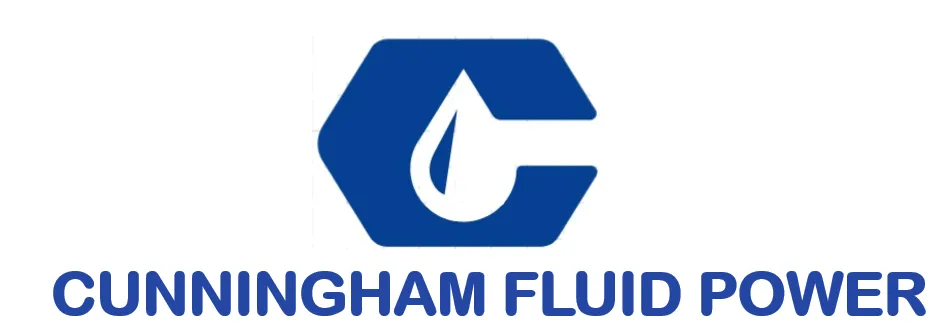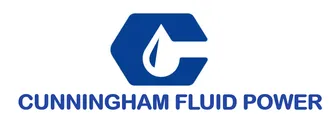Future Trends and Market Insights for Best Hydraulic Pumps by 2025
As we approach 2025, the hydraulic pumps industry is poised for significant transformation driven by technological advancements and increasing demand across various sectors. According to a report by Grand View Research, the global hydraulic pumps market size was valued at USD 12.33 billion in 2021 and is expected to expand at a compound annual growth rate (CAGR) of 4.5% from 2022 to 2030. This growth is attributed to the rising adoption of automation in industries such as construction, agriculture, and manufacturing, where hydraulic pumps play a crucial role in enhancing operational efficiency. Additionally, the push for sustainable practices is leading to innovation in hydraulic pump designs, emphasizing energy efficiency and reduced environmental impact. As we delve into the future trends and market insights for the best hydraulic pumps, it becomes evident that understanding these dynamics will be essential for stakeholders seeking to navigate this evolving landscape effectively.
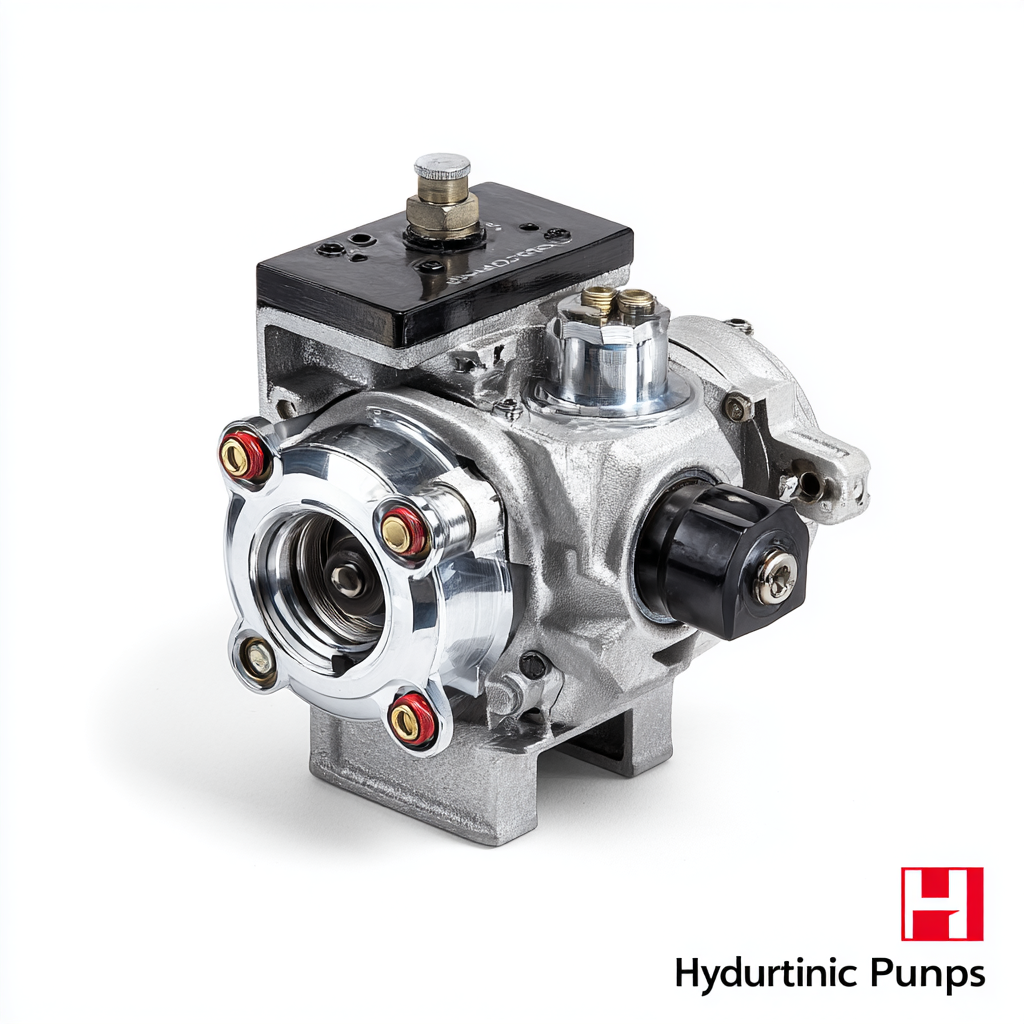
Future Growth Projections for the Hydraulic Pump Market by 2025
As the hydraulic pump market continues to evolve, projections indicate significant growth by 2025. According to a recent report by MarketsandMarkets, the global hydraulic pumps market is expected to reach USD 22.0 billion by the end of 2025, growing at a compound annual growth rate (CAGR) of approximately 6.3% from 2020. This growth is primarily driven by the increasing demand for hydraulic pumps in various applications, including construction, agriculture, and manufacturing industries.
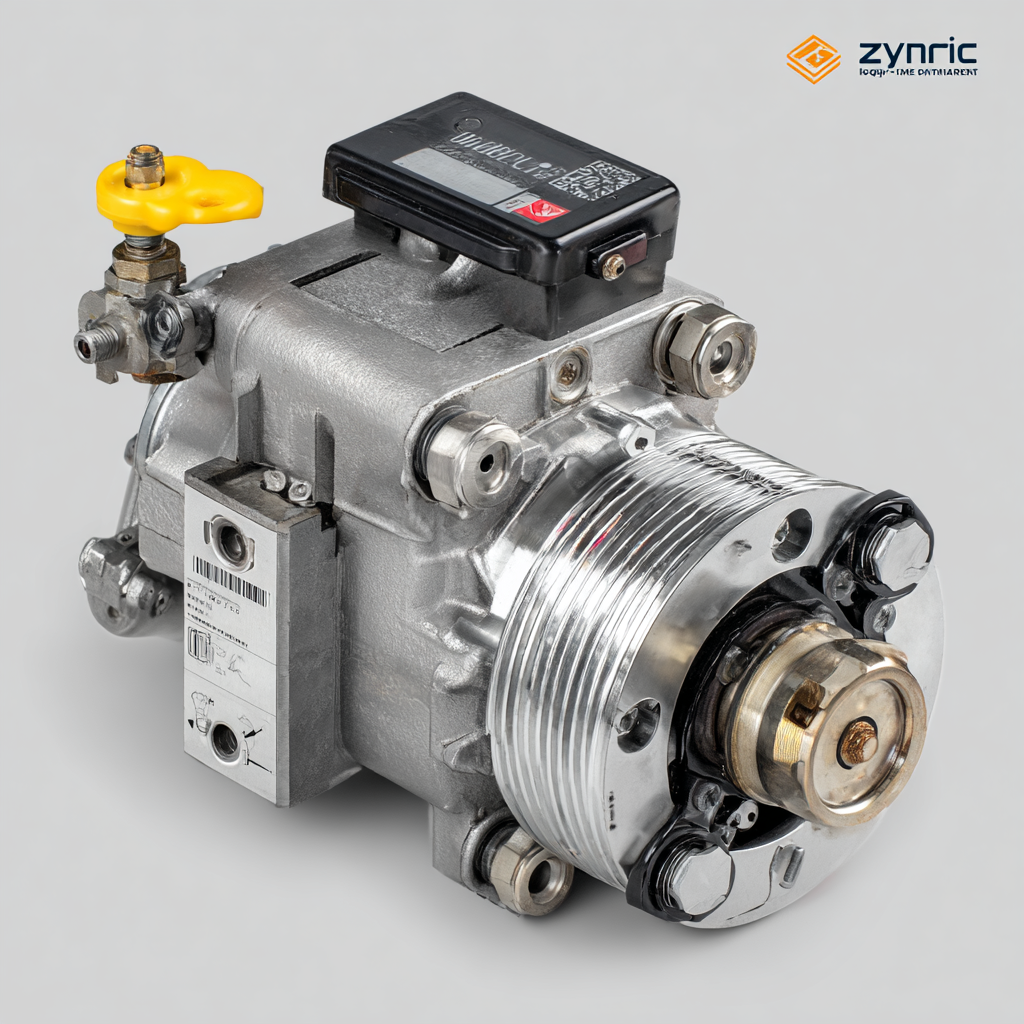
Furthermore, factors such as technological advancements and the rising adoption of automation in industrial processes are set to propel this market forward. A detailed analysis by Research and Markets highlights that the demand for energy-efficient hydraulic pumps is anticipated to rise as businesses aim to reduce operational costs and environmental footprints.
Additionally, the Asia-Pacific region is expected to dominate the market growth, given its expanding infrastructure projects and industrial base, contributing to nearly 40% of the total market share by 2025. As industries increasingly prioritize system efficiency and sustainability, the hydraulic pump market is poised for transformative changes in the coming years.
Key Comparison Analysis of Gear, Piston, and Vane Hydraulic Pumps
The hydraulic pump market is on the verge of significant evolution by 2025, driven by advancements in technology and increasing demand across various industrial applications. A key comparison among the three primary types of hydraulic pumps—gear, piston, and vane—highlights both their advantages and limitations.
According to a recent market analysis by Research and Markets, gear pumps hold a substantial market share of approximately 40% due to their simplicity, reliability, and cost-effectiveness, making them ideal for low to medium-pressure applications. Their popularity is primarily in mobile and manufacturing sectors, where efficiency and ease of maintenance are crucial.
On the other hand, piston pumps, known for their high efficiency and ability to handle high pressures, are expected to witness a growth rate of over 5% by 2025. This is particularly relevant for industries like construction and aerospace, where precision and power are essential.
Meanwhile, vane pumps, while trailing in market share at around 20%, are gaining traction due to their versatility and quiet operation, ideal for applications requiring a smooth flow of hydraulic fluid. With the global hydraulic pump market projected to reach $18 billion by 2025, understanding these key dynamics will be essential for businesses looking to optimize their hydraulic systems.
Technological Innovations Driving Hydraulic Pump Efficiency in 2025
The hydraulic pump industry is poised for significant transformation by 2025, driven primarily by technological innovations that enhance efficiency and reduce operational costs. According to a recent report by MarketsandMarkets, the global hydraulic pumps market is expected to grow from USD 15.4 billion in 2020 to USD 22.0 billion by 2025, representing a compound annual growth rate (CAGR) of 7.2%. This growth is largely attributed to advancements in pump design and materials, as manufacturers increasingly adopt lighter, more durable components that improve energy efficiency.
One of the key technologies revolutionizing hydraulic pump systems is the integration of smart sensors and IoT capabilities. A study by Research and Markets indicates that implementing IoT in hydraulic systems can lead to a 30% reduction in energy consumption. These smart systems enable predictive maintenance, optimizing performance through real-time monitoring and data analytics, which not only extends the pump's lifespan but also enhances overall operational reliability. Furthermore, the shift towards variable speed drives (VSDs) significantly contributes to efficiency gains, allowing pumps to operate at the most efficient speed depending on the load characteristics. As these innovations continue to shape the market, hydraulic pumps will become more streamlined, efficient, and environmentally friendly by 2025.
Future Trends and Market Insights for Best Hydraulic Pumps by 2025
| Category | Technological Innovations | Efficiency Improvement (%) | Market Growth Rate (%) | Projected Market Size (Billion USD) |
|---|---|---|---|---|
| High-Pressure Pumps | Smart Control Systems | 15 | 8 | 2.5 |
| Variable Displacement Pumps | Digital Sensors & IoT | 20 | 10 | 3.2 |
| Gear Pumps | Enhanced Gear Design | 12 | 6 | 1.8 |
| Piston Pumps | Modular Design | 18 | 7 | 2.0 |
| Electro-Hydraulic Pumps | Battery Integration | 25 | 12 | 4.0 |
Impact of Electric and Hybrid Hydraulic Solutions on Market Trends
The rise of electric and hybrid hydraulic solutions is poised to reshape the hydraulic pump market by 2025. This transition aligns with broader sustainability initiatives, as the demand for more efficient hydraulic systems increases. Recent market analysis indicates that the global automotive hydraulics system market is estimated at USD 43.71 billion in 2023, with an expected CAGR of 3.9% from 2024 to 2030, highlighting the growing interest in electric and hybrid technologies.
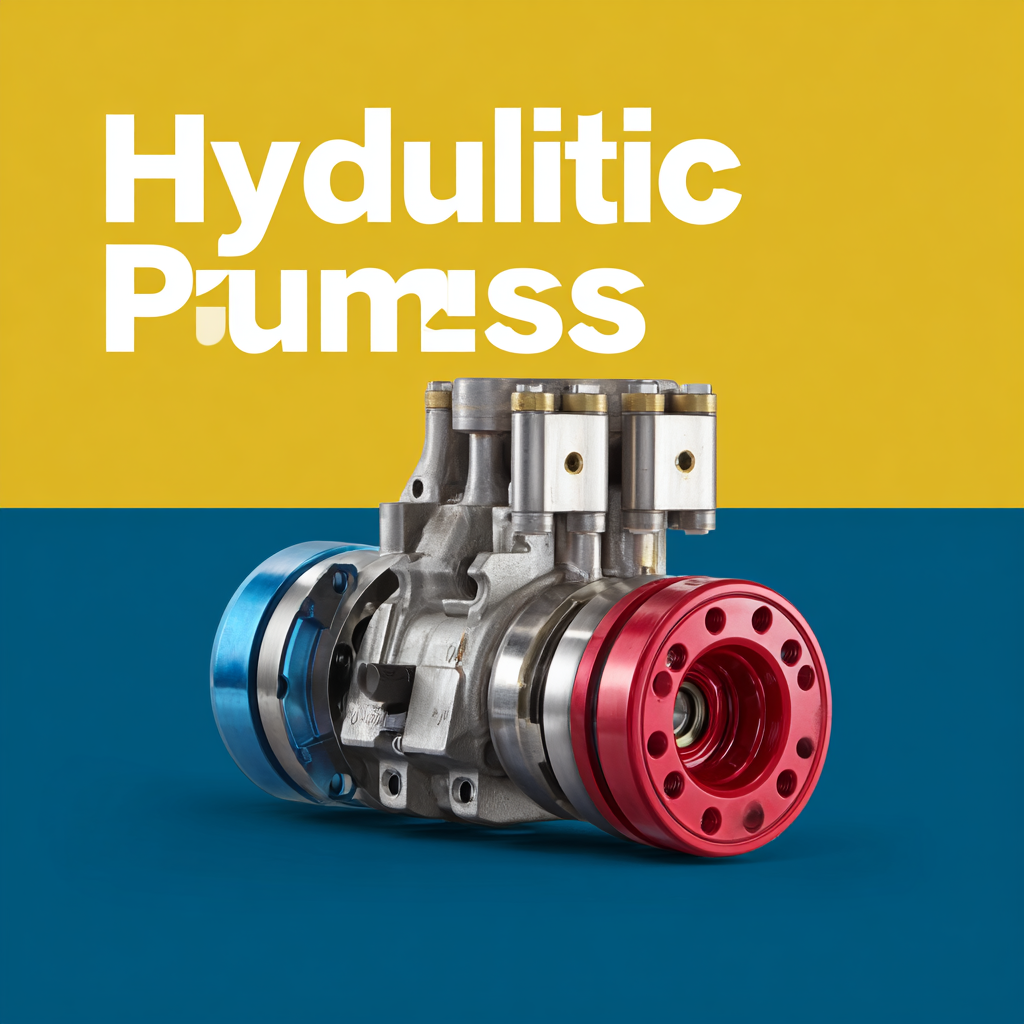
Tips for Transitioning: As businesses look to integrate electric and hybrid solutions, it's imperative to consider the pairing of electric and hydraulic technologies for optimal performance. The evolution towards energy storage technologies plays a vital role in this synergy, supporting the decarbonization of energy systems, while energy-efficient designs are essential to meet both performance and environmental benchmarks.
Additionally, companies must stay attuned to customer requests for enhanced connectivity and seamless integration of hydraulics in electric vehicles. Embracing these design opportunities will not only drive innovation but also meet the rising expectations for smart, sustainable machinery in the industry. This is a critical time for businesses to adapt and thrive in a rapidly evolving market landscape.
Regional Insights: Leading Markets for Hydraulic Pumps by 2025
The global hydraulic pumps market is poised for significant growth, with various regions emerging as key players by 2025. A surge in demand for hydraulic pumps is being driven by advancements in industries such as construction, agriculture, and manufacturing. Regions like North America and Asia-Pacific are expected to lead in market share, propelled by increasing investments in infrastructure projects and industrial automation. The need for efficient fluid power solutions in these regions highlights the pivotal role hydraulic pumps will play in the future.
In addition to traditional markets, emerging economies are also expected to contribute to the hydraulic pumps landscape. Factors such as urbanization and industrialization in regions like Latin America and the Middle East are creating new opportunities for hydraulic pump manufacturers. Companies are focusing on developing innovative products tailored to meet local demands, further enhancing their market presence. As technologies evolve, the integration of smart systems and IoT in hydraulic pumps appears to be a trend that will shape the market dynamics moving towards 2025.

We have over 30 years of experience in designing complete hydraulic systems, repairs and distribution of fluid power equipment and parts.
FOLLOW US ON :
Contact Details
Address:
4020 SE 45th CT.
Ocala, FL 34480
Phone No:
Email:
sales@cunninghamfluidpower.com
